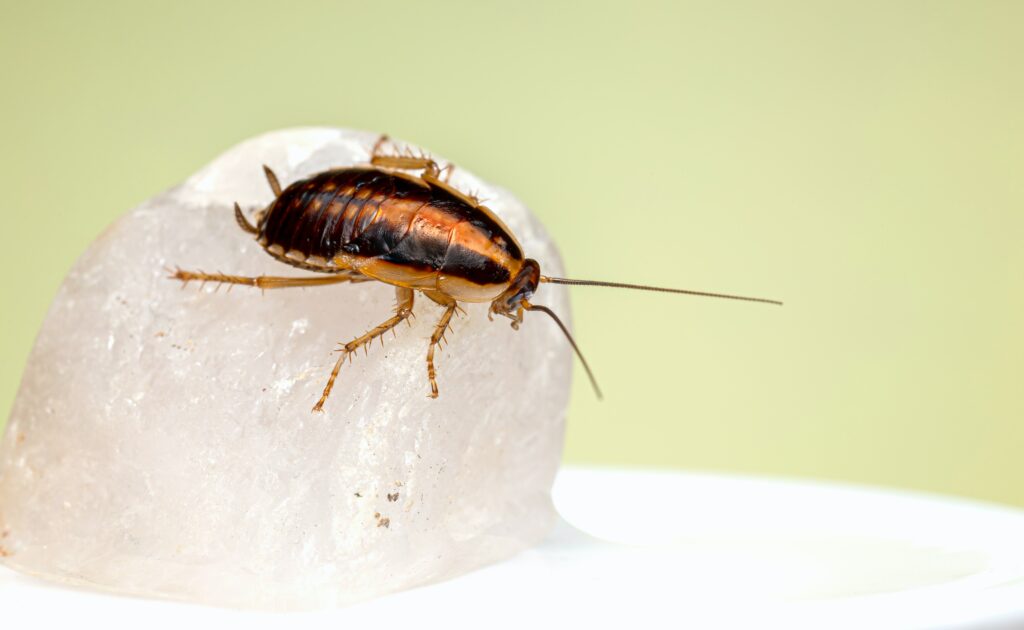Cockroaches are notorious pests that can be found in households and other buildings around the world. One of their most well-known behaviors is their tendency to play dead when threatened or disturbed. This behavior, known as thanatosis, is used as a defense mechanism to avoid predators or other perceived threats.

When a cockroach is threatened, it may suddenly stop moving and fall onto its side or back, often with its legs curled up. It may also appear to be lifeless, and its body may become stiff. This behavior can last from several minutes to several hours, depending on the circumstances.
There are several reasons why cockroaches play dead. One of the main reasons is to avoid being detected by predators. When a predator sees a motionless cockroach, it may assume that the cockroach is already dead or otherwise incapacitated. This can cause the predator to lose interest and move on to other prey. By playing dead, the cockroach is able to avoid being eaten or attacked.
Another reason why cockroaches play dead is to avoid being detected by humans or other potential threats. Cockroaches are often viewed as pests and can be subject to chemical treatments or other forms of pest control. By playing dead, cockroaches can avoid being detected and targeted by humans or other potential threats.
Cockroaches are also known to play dead as a form of social behavior. In some species of cockroaches, playing dead is used as a way to avoid aggression from other members of the colony. When a cockroach is attacked or threatened by a colony mate, it may play dead to avoid further aggression.
The mechanism behind thanatosis in cockroaches is not fully understood, but it is believed to be a combination of physical and chemical responses. When a cockroach is threatened, it may release a chemical signal that triggers the thanatosis response. This chemical signal may be detected by other cockroaches in the area, leading them to also play dead.
Physically, playing dead involves a reduction in movement and metabolic activity. Cockroaches may slow their breathing and heart rate, and reduce their overall energy consumption. This allows them to conserve energy and survive for longer periods without food or water.
In some cases, cockroaches may also use thanatosis as a form of camouflage. By remaining motionless and blending in with their surroundings, they may be able to avoid detection by predators or other potential threats.
While thanatosis can be an effective defense mechanism for cockroaches, it is not foolproof. Some predators, such as certain species of birds or mammals, may be able to detect the chemical signals or other cues that indicate a cockroach is still alive. Additionally, some predators may simply attack anything that moves, regardless of whether it appears to be dead or alive.
Overall, thanatosis is an interesting behavior exhibited by cockroaches and other insects. It is a fascinating adaptation that has evolved over time to help these creatures survive in a challenging and often hostile environment. While it may not be a perfect defense mechanism, it has proven to be effective in many cases, allowing cockroaches to continue to thrive and adapt to changing conditions.
